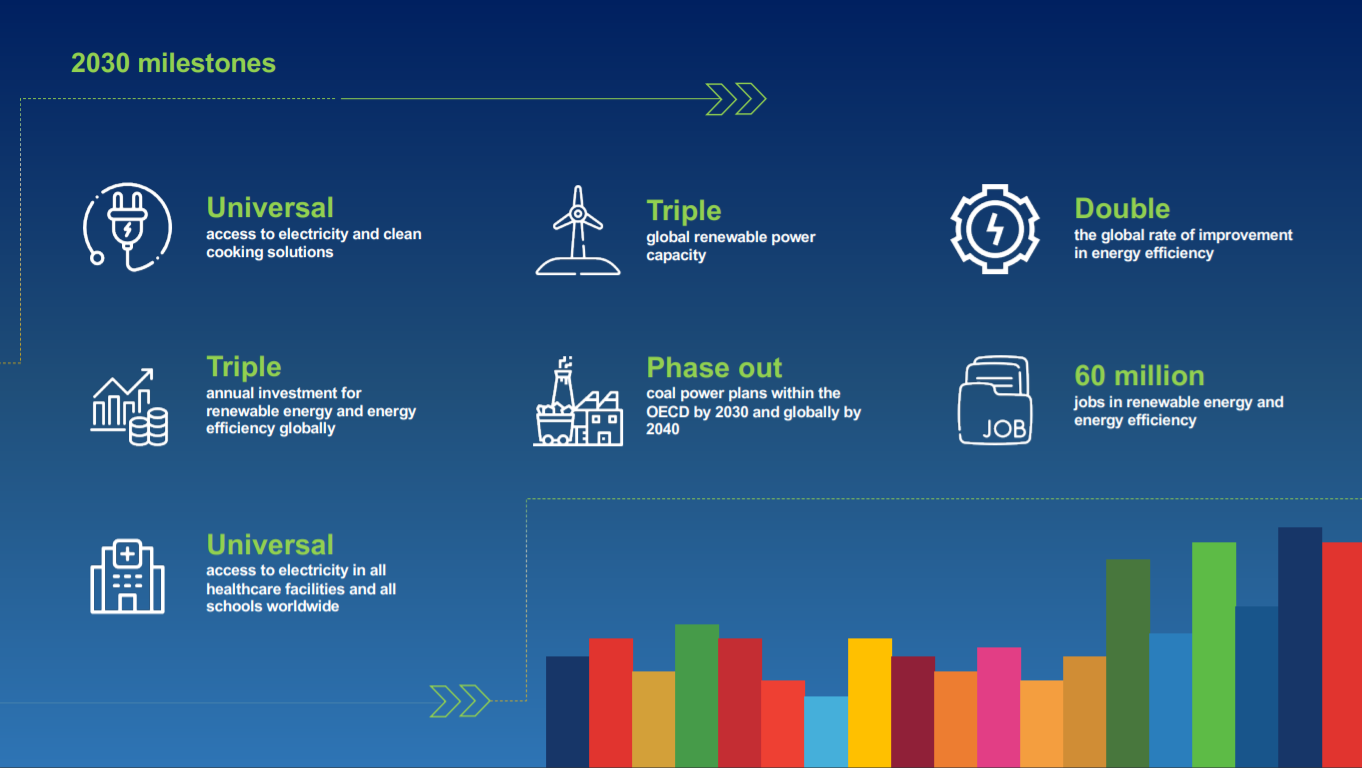Why 2050 renewable energy targets and tech advancements matter today – StartupSmart

While much of the media focus at this month’s climate meeting in Marrakech (COP22) was on US President-elect Donald Trump, there were signs that several countries have begun the long-term planning needed to avoid dangerous climate change.
During the conference, four countries – Germany, Canada, Mexico and the United States – presented their 2050 climate plans.
Under Article 4 of the Paris Climate Change Agreement, all countries are asked to prepare mid-century, long-term strategies to bring greenhouse gas emissions down to low levels.
A common theme from COP22 was the emphasis on long-term strategies to help guide short-term actions.
When launching the 2050 Pathways Platform, Laurence Tubiana, the outgoing French high-level climate champion, stated that if you don’t have a plan for the long term, you can’t know what a good decision is today.
Climate change in 2050
The German Climate Action Plan 2050, approved by the German cabinet this month, foreshadows a reduction in greenhouse gases of up to 95% below 1990 levels by 2050.
It covers energy, buildings, transport, industry, agriculture and land use, and sets specific milestones and targets for each sector.
As part of its plan, the German government will set up a commission to work with industry and trade unions on the energy transition to 2050.
The commission will consider economic development, structural change and social compatibility to accompany climate action.
Australia could also consider such an approach to achieve a just transition to a net zero carbon economy.
The United States Mid-Century Strategy sets out several different pathways by which the United States can cut emissions by at least 80% below 2005 levels by 2050 while maintaining a thriving economy.
The pathways portray a transformation to a low-carbon energy system using solar, wind, nuclear, hydro and carbon capture.
Under the plan, nearly all fossil fuel plants without carbon capture are to be phased out by 2050.
The plan also shows that the land sector in the United States could sequester 23-45% of economy-wide emissions in 2050 by expanding forests and increasing the carbon stored in croplands and grasslands.
Canada’s long-term plan aims to reduce emissions by 80% or more below 2005 levels by 2050.
Mexico will reduce its emissions by 50% from 2000 levels.
Both plans outline detailed pathways for achieving these emissions reductions.
To support countries, states, cities and businesses to prepare long-term low-emission plans, the 2050 pathways platform initiative was launched at Marrakech.
Already 22 countries have started to formulate 2050 plans, including China and India, as have many states, cities and businesses.
New policies and technology
Developing a long-term plan helps identify the policy measures and technological advancements that are needed now.
To this end, Marrakech also hosted the first Low-Emission Solutions Conference associated with a climate congress.
The conference brought together technical experts, scientists, academics, business and politicians to brainstorm and exchange information about the technological and policy pathways needed to reach net zero carbon emissions.
The Sustainable Development Solutions Network director, Professor Jeff Sachs, told the conference that we need more than political will to make this transition.
We need to mobilise scientists, engineers and experts to identify what the new energy and economic system will look like and to devise pathways to a net zero carbon economy.
This will help businesses to identify risks and opportunities and help governments not to waste money on technologies that are not compatible with the long-term goal.
The four pillars of decarbonisation
The conference highlighted the four basic elements of deep decarbonisation.
These also underpin the Australian Deep Decarbonisation Pathway Plan developed by ClimateWorks and ANU.
First, there needs to be ambitious energy efficiency across the economy.
This includes “smart grid” technologies, green buildings and greater fuel economy in vehicles.
Second, we need zero-carbon electricity supplied by renewables or a mix of renewables, nuclear and carbon capture and storage.
The contributions of each of these to the energy mix will depend on country circumstances and on whether carbon capture can be made commercial.
Third, we need a shift to electrification using zero-carbon electricity.
This means using electricity to power vehicles and switching from gas to electricity in homes.
Finally, non-energy emissions are reduced by storing more carbon in forests and land as well as reducing methane, nitrous oxide and fluorinated gases from agriculture, waste and industry.
The Australian government has committed to review its climate policies next year and to consider a long-term emissions reduction target.
This is an opportunity for Australia to use these four elements of deep decarbonisation and join other countries in preparing a 2050 deep decarbonisation plan.
Already, South Australia, Victoria, NSW and the ACT have pledged a target of zero net emissions by 2050, with South Australia and the ACT signing the UN’s Under 2MOU (a memorandum between states and regions to keep global warming below 2℃).
A number of states, including Queensland, have also set ambitious renewable energy targets.
2050 may seem a long way off in the short time frame that dominates so much of modern politics.
By 2050 Donald Trump will be 104 and presumably will exert limited influence over global politics.
However, it is worth noting that the children entering our schools next February will still be in their thirties in 2050.
They will have a real interest in ensuring that we start planning for their future and taking action now.
This article was originally published on The Conversation.
Follow StartupSmart on Facebook, Twitter, LinkedIn and iTunes.

